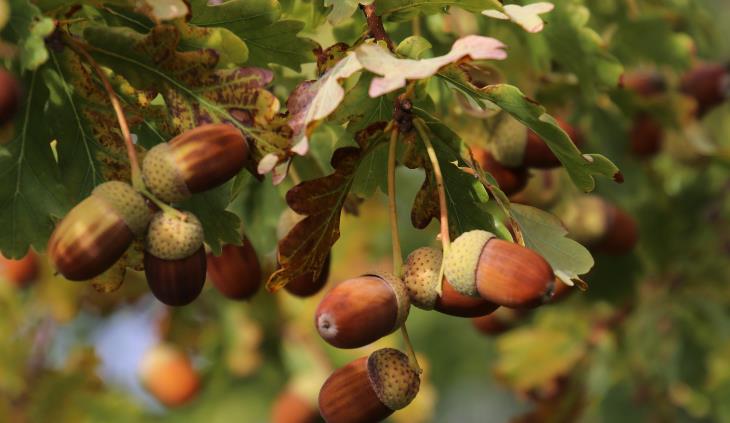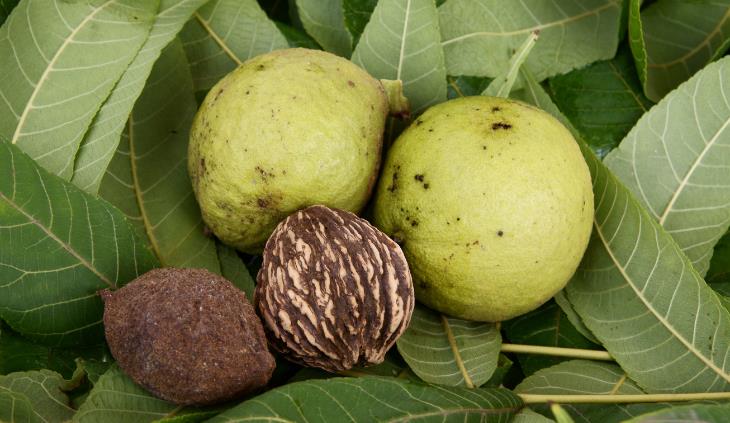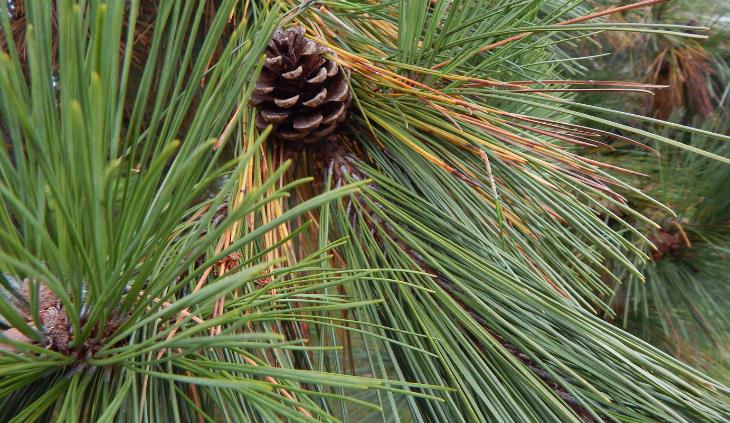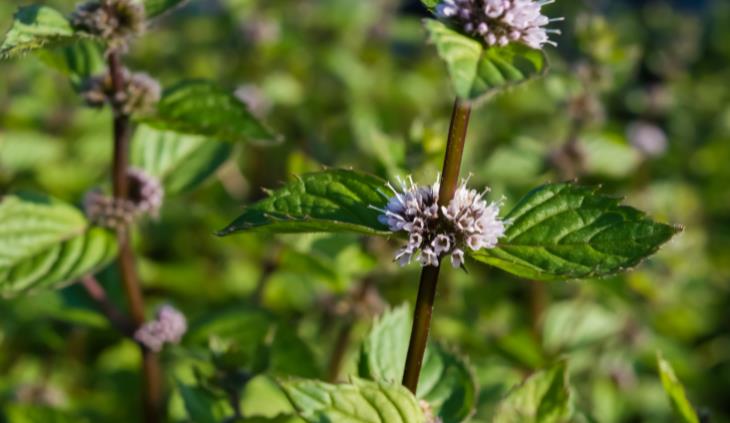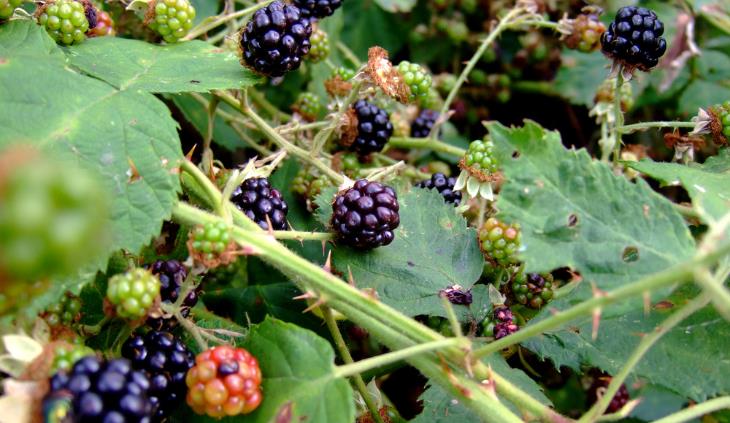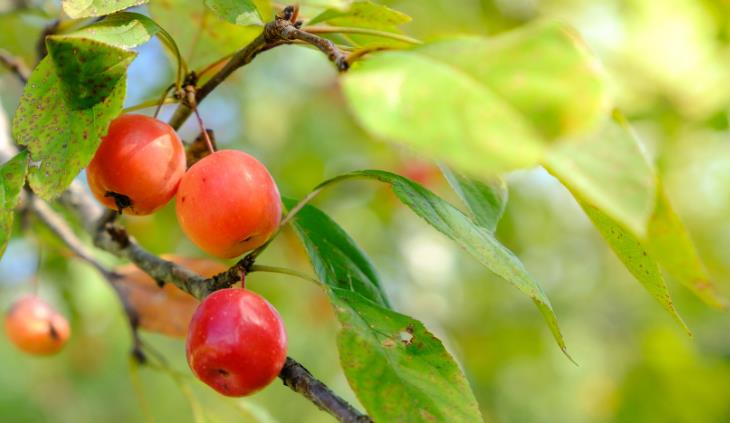
Foraging is all the rave now for high-end restaurants and nature lovers alike. There is a general movement of returning to our natural roots and mother earth, and with good reason. Wild, unprocessed vegetables are not only organic, but they also offer a high concentration of nutrients.
Foraging is also good for your health, promoting an active lifestyle and extending time spent in nature.
There are several strict foraging guidelines you should follow:
1. Take only as much as you need. When foraging, you must remember that you’re sharing with wildlife in your area. We also want to leave enough fruits and seeds for the plants to reproduce for the seasons to come.
2. Before picking, be 110% sure of your identification. Don’t ever pick something you’re not sure you recognize as edible. Many fruits and berries, in particular, have poisonous lookalikes that could be potentially lethal.
3. Pay attention to the plant. If it is sick, dull, or lifeless, best avoid it.
While preparing this foraging list, we made our best efforts to find fall plans that grow in most parts of the world. That said, some of the plants on the list may not grow in your area. We encourage you to explore local foraging guidebooks.
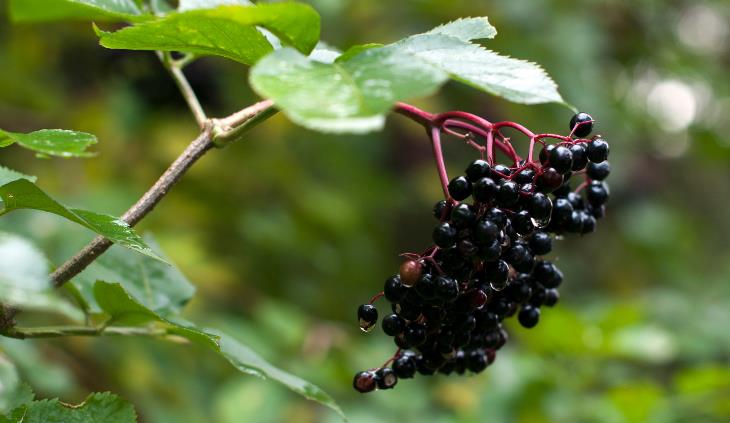
Elderberries are medicinal plants perfect for harvesting in the fall, as they are great for treating and preventing common colds, flu symptoms, and respiratory issues.
The black berries grow in big clusters that grow from a red stem. The rest of the branch is brown with small thorns. The leaves have thorny edges. Pick the berries to make elderberry syrup. You’ll need:
• 6 cups ripe elderberries (or 3 cups dried)
• 6 cups of water
• 2 1/2 cups honey.
1. Add the berries and water into a pot and bring to a boil. Lower the flame to medium and simmer, uncovered, for an hour or until reduced by about a half.
2. Remove from the flame and let it cool for at least 30 minutes.
3. Strain through a sieve, discard the berries, add the honey, and store it in the refrigerator for up to six months.
You can add the syrup to desserts and teas, or have it as cough syrup.
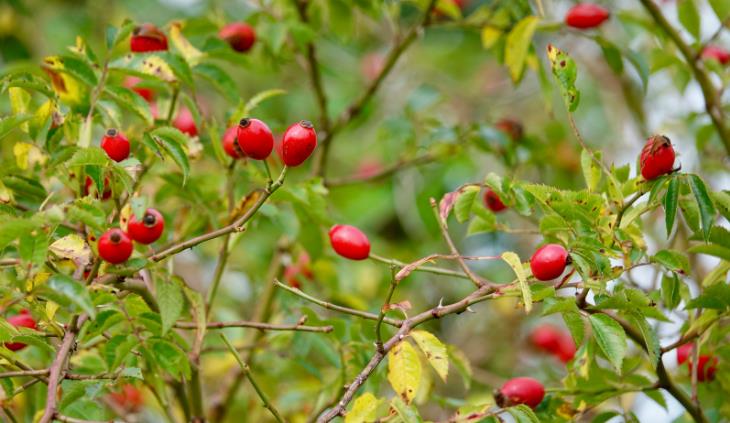
High in vitamin C and antioxidants, rose hips are perfect for strengthening your immune system for the coming winter. They are also becoming popular in the skin care industry thanks to their rejuvenating qualities.
You’ll recognize them by their small thorny leaves and smooth thin stems with big pointy thorns. The berry itself is bright red and a bit oval.
Make rosehip jelly and enjoy its tangy flavor for months on end. You’ll need:
• 6 cups rose hips
• 2 1/2 cups sugar
• Half a packet of pectin
• Juice of one lemon.
1. Wash and stem the rose hips. Place them in a pot, cover them with water, and simmer for an hour until the rose hips are soft and easily mashed.
2. Strain the liquid through a fine mesh strainer with a layer of cheesecloth. Try to extract as much juice and as little pulp as possible.
3. Return the liquid to the pot, add the lemon juice and pectin, and bring to a boil. Then add the sugar and let it boil for another minute while stirring constantly.
4. Remove from heat and transfer into sterilized doors. Secure the lids and process the jars in a hot bath for 10 minutes.
